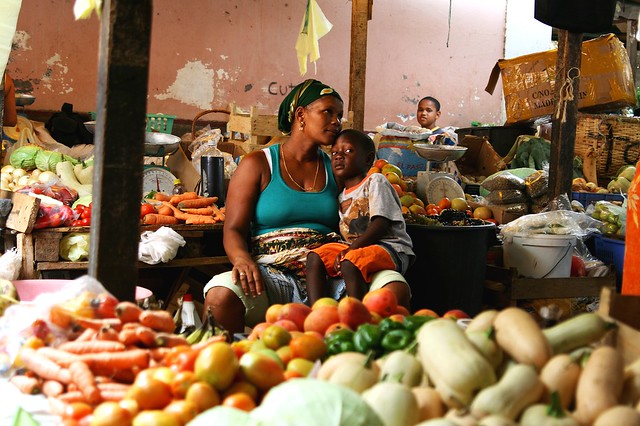Cabo Verde: Facts About the 18 Islands of Africa’s Atlantic Archipelago
Cabo Verde: Facts About the 18 Islands of Africa’s Atlantic Archipelago
Cabo Verde, formally known as Cape Verde until 2013, is a group of 18 U-shaped islands located off mainland Western Africa in the Atlantic Ocean.

All About the 18 Islands of Cabo Verde
Cabo Verde is not one large island but an archipelago in the North Atlantic Ocean, west of Senegal. The Portuguese discovered and colonized the once uninhabited islands in the 15th century. Due to its central location between Africa and the Americas, Cabo Verde became a major trading port for African slaves for over three centuries.
Cabo Verde and the Slave Trade
From the 15th to the 19th centuries, European powers — mainly the Portuguese but also Spanish, Dutch, and English — established trading posts and forts on the islands. Cabo Verde’s location made it an essential stopover for ships traveling between Africa, the Americas, and Europe.
Enslaved Africans, captured during wars or raids, were held in dungeons and barracoons before being loaded onto ships bound for the Americas. Though the transatlantic slave trade was abolished in Cabo Verde in 1876, its impact shaped the country’s culture and identity.
Who Are Cabo Verdeans?
The population of about 561,000 people descends largely from West African slaves and a small number of Portuguese, Italian, and Spanish colonists. Over time, famine and disease drove migration, and today more Cabo Verdeans live abroad than on the islands themselves. The country’s Afro-Creole culture reflects its mixed heritage.
Geography and Size
The Cabo Verde archipelago covers 4,033 km² (1,557 sq mi). Ten major islands — nine inhabited — and eight smaller uninhabited islets form a U-shape opening westward, with Brava at the southernmost point. Santiago is the largest island, spanning 991 km² (383 sq mi), featuring volcanic peaks, green valleys, and sandy beaches.
Barlavento and Sotavento Islands
The northeast trade winds divide Cabo Verde into two groups: the Barlavento (windward) islands — Santo Antão, São Vicente, São Nicolau, Boa Vista, Sal, Santa Luzia, Branco, and Razo — and the Sotavento (leeward) islands — Maio, Santiago, Fogo, and Brava.
Drought and Climate Challenges
Over the past two centuries, Cabo Verde suffered three major droughts that killed nearly 40% of its population. The Sahel’s semi-arid climate and erratic rainfall threaten agriculture and water security. The country relies heavily on imported food (about 82%).
Recent years have brought desalination projects, water conservation efforts, and economic diversification beyond farming to build resilience against climate change.
Economy and Per Capita Income
Tourism drives Cabo Verde’s modern economy. Despite water scarcity and limited natural resources, per capita income (about $3,800–$4,000) is higher than many mainland African nations. Remittances from the large Cabo Verdean diaspora also play a key role.





